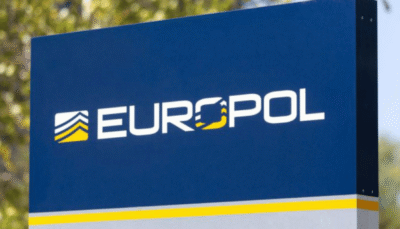Ethereum, the world’s second-largest cryptocurrency by market capitalization, has long been at the forefront of blockchain innovation. However, despite its technological advancements, Ethereum faces a major hurdle, the “Fragmented Funding“.
The lack of a unified financial support system has led to inefficiencies, slowed development, and hindered the network’s ability to compete with emerging blockchain ecosystems.
Problem of Fragmented Funding
Unlike centralized networks backed by corporate funding, Ethereum’s development relies heavily on decentralized funding sources. These include grants, community donations, venture capital investments, and revenue from transaction fees.
While decentralization is Ethereum’s strength, its funding model is scattered across multiple independent entities, causing delays in decision-making and uneven resource distribution.
1. Reliance on Grants and Community Contributions
Many critical Ethereum projects, such as infrastructure upgrades and Layer 2 solutions, depend on grants from organizations like the Ethereum Foundation, Gitcoin, and DAOs (Decentralized Autonomous Organizations).
However, grant-based funding often has limitations—unpredictable, slow to disburse, and insufficient for large-scale development.
For instance, Gitcoin, which funds open-source Ethereum projects through community donations, has seen fluctuations in available funds due to market downturns.
As a result, projects that rely on these grants may struggle to secure consistent financial support, causing delays in crucial innovations.
2. Lack of Sustainable Revenue Models
Unlike private companies that generate revenue through subscriptions or enterprise services, Ethereum developers often lack sustainable income streams.
Many projects depend on one-time funding rounds rather than continuous financial backing. This results in a cycle where projects launch enthusiastically but face financial roadblocks when they need long-term support.
Ethereum’s core protocol upgrades, such as Ethereum 2.0 and scalability improvements, require sustained funding.
Without a centralized funding pool, the burden falls on independent teams, making it harder to coordinate efforts efficiently.

Impact on Ethereum’s Development
Ethereum faces challenges in scaling due to inconsistent funding, slowing the development of Layer 2 solutions like Arbitrum and Optimism. This delay gives competitors like Solana and Avalanche an edge.
Additionally, fragmented funding impacts security, as the lack of structured financial support limits investments in audits, bug bounty programs, and cybersecurity research, increasing vulnerability risks.
Innovation is also at stake, as developers struggling with financial uncertainty may shift to rival blockchains offering better incentives, potentially weakening Ethereum’s position in the industry.
Possible Solutions to Ethereum’s Funding Problem
Several solutions could be explored to address Ethereum’s funding inefficiencies. Implementing a treasury model where a portion of transaction fees or staking rewards is allocated for ongoing development could provide long-term financial stability, as seen in projects like Cardano and Polkadot.
Stronger public-private partnerships with enterprises and financial institutions could help secure consistent funding for Ethereum’s infrastructure.
Additionally, DAO-driven resource allocation could improve transparency and efficiency by allowing decentralized organizations to manage and distribute funds more effectively.
Lastly, expanding revenue streams beyond transaction fees and donations—such as offering premium services, enterprise blockchain solutions, or ecosystem-backed financial instruments—could create a more sustainable financial model for Ethereum’s continued growth.
Fragmentation Funding Hindering Ethereum’s Potential
Ethereum remains a leading force in the blockchain industry, but fragmented funding hinders its full potential.
Development delays, security risks, and talent migration to competing blockchains could threaten Ethereum’s dominance without a structured and sustainable financial model.
To ensure its long-term success, Ethereum’s community and stakeholders must work toward creating a more efficient funding ecosystem—one that balances decentralization with financial sustainability.
Addressing these challenges could solidify Ethereum’s position as the leading smart contract platform for years.





